How many calories can you burn in a day. How Many Calories Should You Burn a Day
How many calories do you need to burn a day to lose weight? What activities burn the most calories? Find the answers and learn how to create a calorie deficit for weight loss.
Calculating Your Calorie Needs
The number of calories you should burn in a day depends on a variety of factors, including your current weight, activity level, and fitness goals. As a general rule, you need to burn 3,500 calories to lose 1 pound of body fat. This can be broken down into a more realistic weekly goal of burning an extra 500 calories per day to lose 1 pound per week.
To calculate your calorie needs, you can use your basal metabolic rate (BMR) as a starting point. BMR is the number of calories your body burns at rest. You can calculate your BMR using the following formulas:
Adult Male: 66 + (6.3 x bodyweight in lb) + (12.9 x height in inches) – (6.8 x age in years) = BMR
Adult Female: 655 + (4.3 x weight in lb) + (4.7 x height in inches) – (4.7 x age in years) = BMR
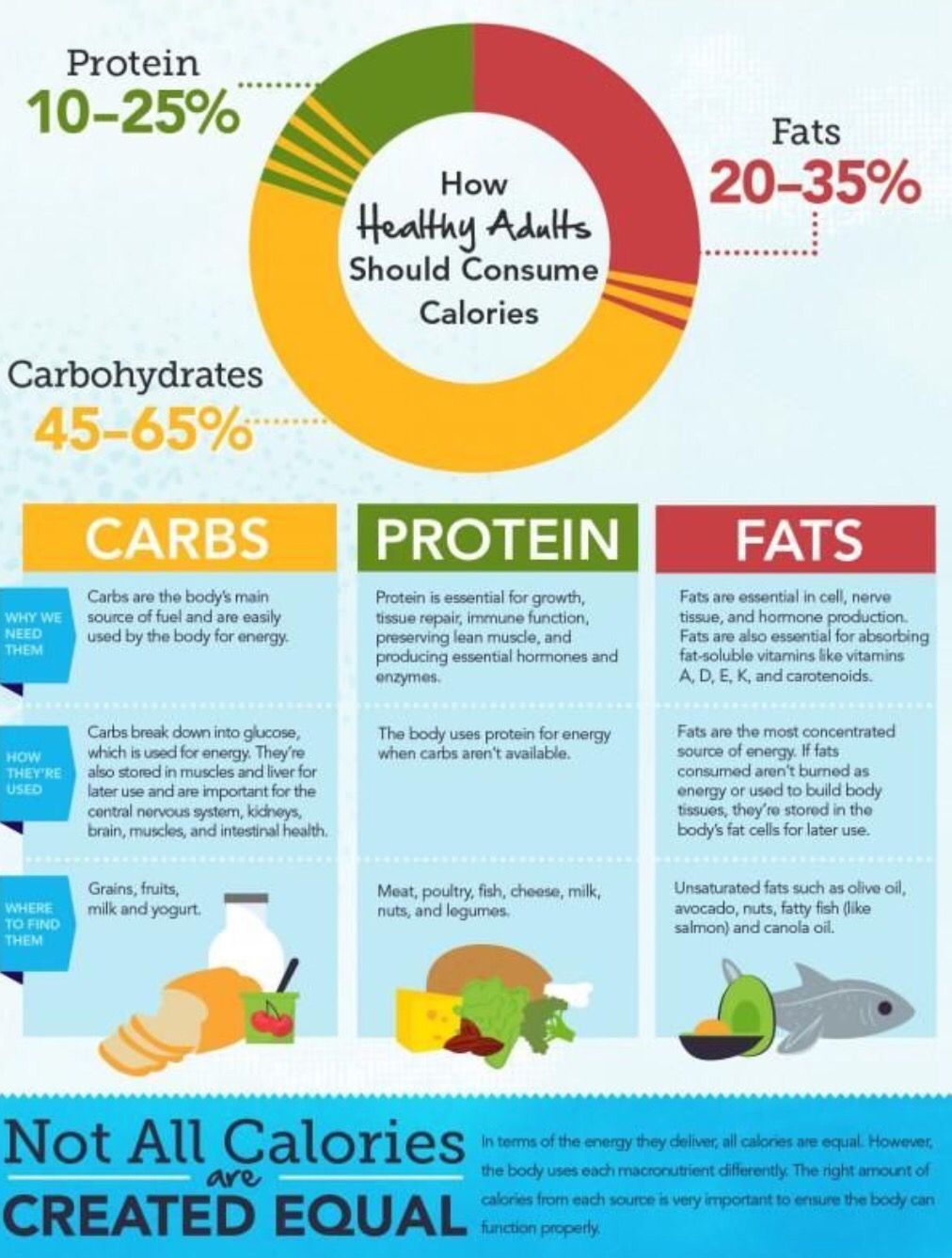
Once you have your BMR, you can multiply it by an activity factor to estimate your total daily calorie needs:
- Sedentary (little or no exercise) = BMR x 1.2
- Minimally active (1–3 days per week of exercise or activity) = BMR x 1.375
- Moderately active (3–5 days per week of moderate exercise) = BMR x 1.55
- Very active (6–7 days per week of hard exercise) = BMR x 1.725
- Extra active (athletes who train twice per day, for example) = BMR x 1.9
From there, you can adjust your calorie intake up or down by 500 calories to create a calorie deficit or surplus, depending on your weight loss or gain goals.
High-Calorie Burning Activities
When it comes to burning calories, not all activities are created equal. Here are some of the most calorie-burning activities per hour for a 155-pound individual:
- Running – 808 calories
- Water polo – 703 calories
- Bicycling – 596 calories
- Calisthenics – 596 calories
- Circuit training – 596 calories
- Jump rope – 562 calories
- Stationary bicycling – 520 calories
- Rowing machine – 520 calories
- Aerobic dance – 492 calories
- Swimming (casual) – 492 calories
- Jogging – 492 calories
- Hiking – 421 calories
Building Lean Muscle for Increased Calorie Burn
While cardio exercises like running and swimming burn a significant number of calories during the activity, building lean muscle mass through resistance training can also help boost your overall calorie burn. When you have more lean muscle, your body burns more calories at rest. Just 10 weeks of regular resistance training can increase your metabolism and reduce body fat.

To maximize your weight loss results, it’s best to combine both cardio and resistance training in your fitness routine. Machines like the Ski-Row Air and Ski-Row Air + PWR from EnergyFit provide a high-intensity cardiovascular workout while also engaging your full-body in a resistance training session.
Calorie Surplus vs. Calorie Deficit
The key to weight loss or gain is maintaining a calorie surplus or deficit. To lose weight, you need to be in a calorie deficit, meaning you’re burning more calories than you’re consuming. Conversely, to gain weight, you need to be in a calorie surplus.
The amount of calories you should consume per day depends on your individual calorie needs and weight goals. As a general guideline, multiply your current body weight by 15 to get an estimate of your daily calorie needs. Then, adjust that number up or down by 500 calories to create a surplus or deficit, depending on whether you want to gain or lose weight.
Maximizing Calorie Burn Through Variety
When it comes to burning calories, variety is key. Mixing up your workouts with a combination of cardio, strength training, and high-intensity interval training can help you maximize your calorie burn and keep your body guessing.
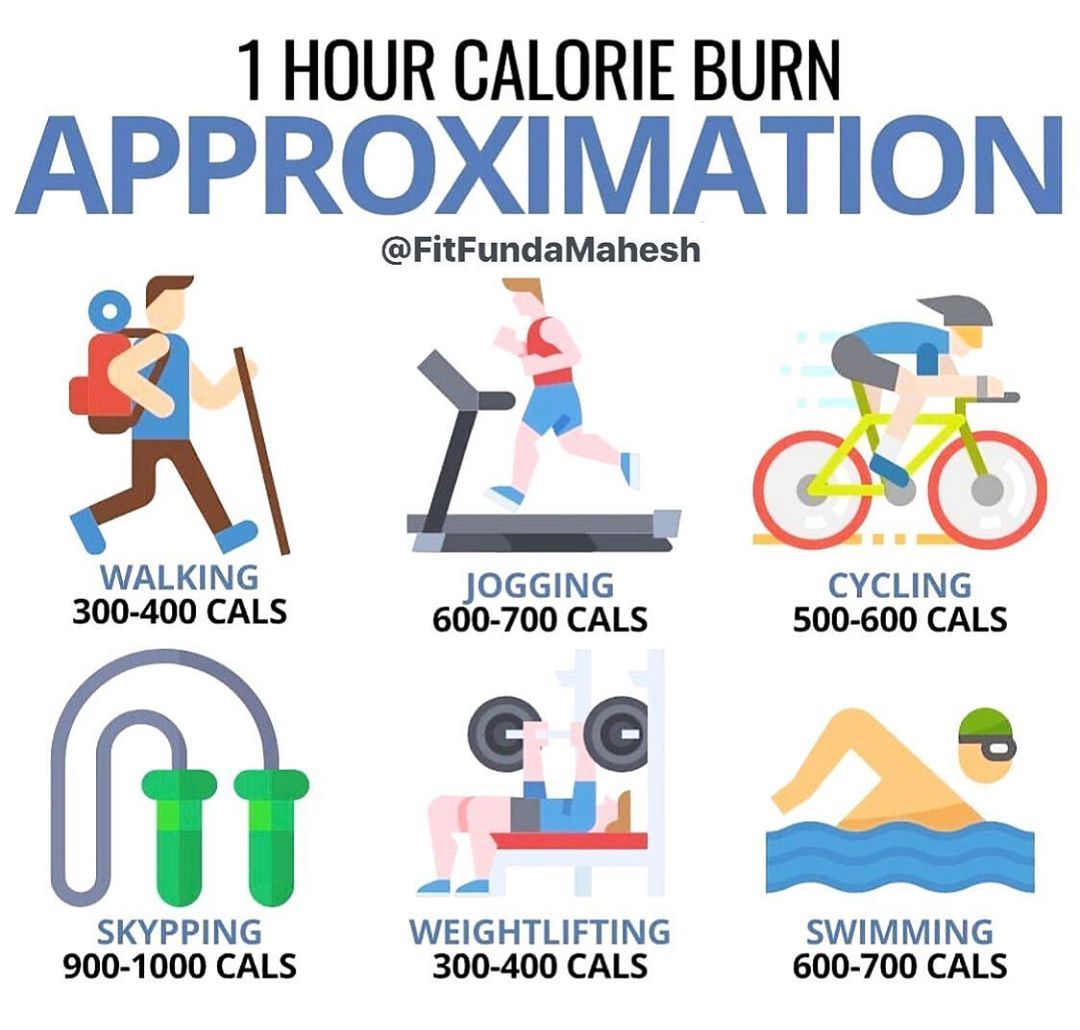
In addition to exercise, your daily activity levels and lifestyle choices can also impact the number of calories you burn. Things like taking the stairs, going for a walk during your lunch break, and generally moving more throughout the day can all contribute to your overall calorie expenditure.
The Importance of a Balanced Diet
While calorie burn is an important factor in weight management, it’s also crucial to focus on the quality of the calories you’re consuming. Eating a balanced diet rich in nutrient-dense foods can help ensure you’re fueling your body with the right nutrients to support your fitness goals and overall health.
Crash dieting or severely restricting your calorie intake is not a sustainable or healthy approach to weight loss. Instead, aim for a moderate calorie deficit and focus on making gradual, sustainable changes to your diet and exercise routine.
Tracking Your Progress
To ensure you’re on the right track towards your weight loss or gain goals, it’s important to track your progress regularly. This can include monitoring your weight, body measurements, and how your clothes are fitting.
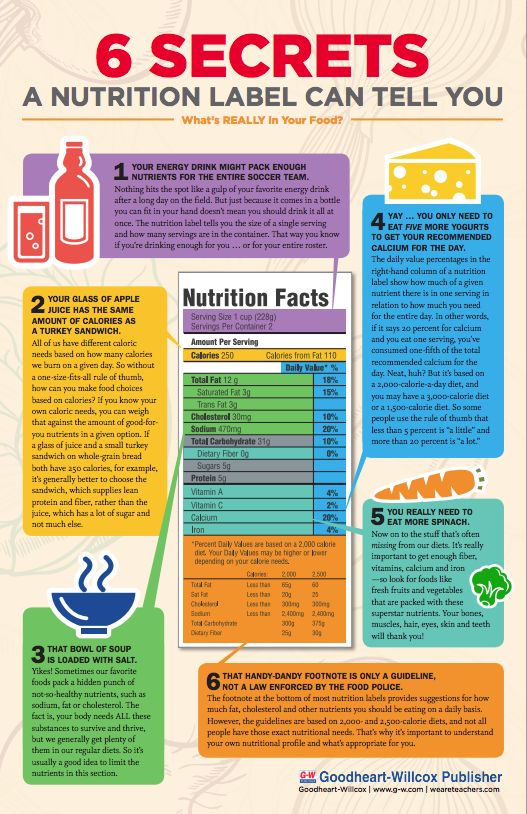
Additionally, tracking your calorie intake and expenditure can help you identify areas for improvement and make adjustments to your plan as needed. Apps like MyFitnessPal or fitness trackers can be useful tools for this purpose.
How Many Calories Should You Burn a Day
Simply put, calories are units of energy that your body needs to burn to conduct everyday tasks. Therefore, no matter what you do, your body burns calories doing it. From going on a long run to watching television, your body is burning calories. But how many calories should your body be burning on a given day?
There’s no universal answer to this, as it varies greatly based on your lifestyle, environment, and fitness goals. If you want to figure out how many calories you should be burning, check out our guide on calories:
How Many Calories Do I Need to Burn to Lose Fat?
As a general rule of thumb, you need to burn 3,500 calories to lose one pound of body fat. That equates to nearly 12 hours of walking or six hours of running, not accounting for meals.
To break this down into a more realistic figure, it can be divided into a one-week span. For example, if you consume 2,000 calories per day, you can lose one pound of body fat each week by burning 2,500 calories per day.
That is a lot easier said than done, though, as even burning 2,000 calories per day would require hours of cardio. Nonetheless, starving yourself is not the answer. After all, without a proper diet, the quality and safety of your workouts would greatly suffer.
So How Many Calories Should I Eat?
To lose weight, you need to be in a calorie deficit. This means that on any given day, you’re burning more calories than you’re consuming. Conversely, to gain weight, you need to be in a calorie surplus. So how many calories should you be consuming?
The easiest way to calculate your caloric needs is to multiply your current body weight by 15. With that number, you can then add or subtract 500 calories, depending on your goal. For example, if you weigh 160 pounds, you should eat 2,400 calories to maintain this weight. Therefore, a diet of 1,900 calories, along with regular exercise, will help you lose weight.
A more accurate way to calculate your caloric needs is to consider your basal metabolic rate (BMR) and activity levels. Use one of the following formulas based on your sex to calculate your BMR:
Use one of the following formulas based on your sex to calculate your BMR:
Once you have your BMR, plug it into one of the below formulas based on your activity levels to calculate your daily caloric need:
Once you have that number, you can add or subtract 500 calories to get a general figure of how many calories you need to eat based on your goals.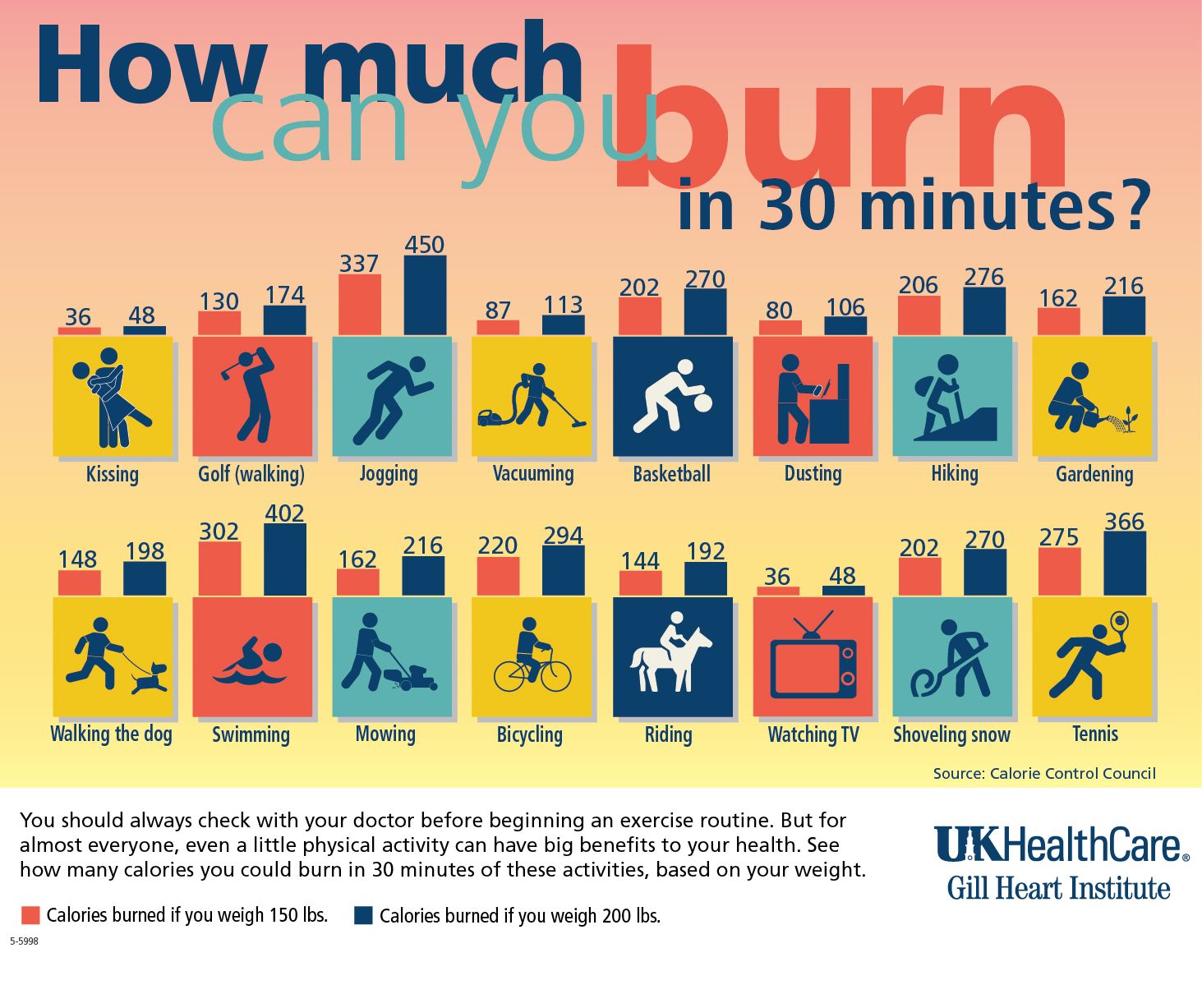
What Burns Calories?
In a nutshell, everything burns calories. From going to the grocery store to taking a nap, you are always burning calories. The name of the game when it comes to losing or gaining weight isn’t so much about burning calories as it is in a calorie surplus or deficit.
That being said, exercise is vital to any healthy lifestyle. Therefore, you’ll want to know how many calories you’re burning before figuring out your diet. Per hour, here are some of the most calorie-burning activities out there (based on a 155-pound individual):
- Running – 808 calories
- Water polo – 703 calories
- Bicycling – 596 calories
- Calisthenics – 596 calories
- Circuit training – 596 calories
- Jump rope – 562 calories
- Stationary bicycling – 520 calories
- Rowing machine – 520 calories
- Aerobic dance – 492 calories
- Swimming (casual) – 492 calories
- Jogging – 492 calories
- Hiking – 421 calories
This doesn’t tell the whole story, though.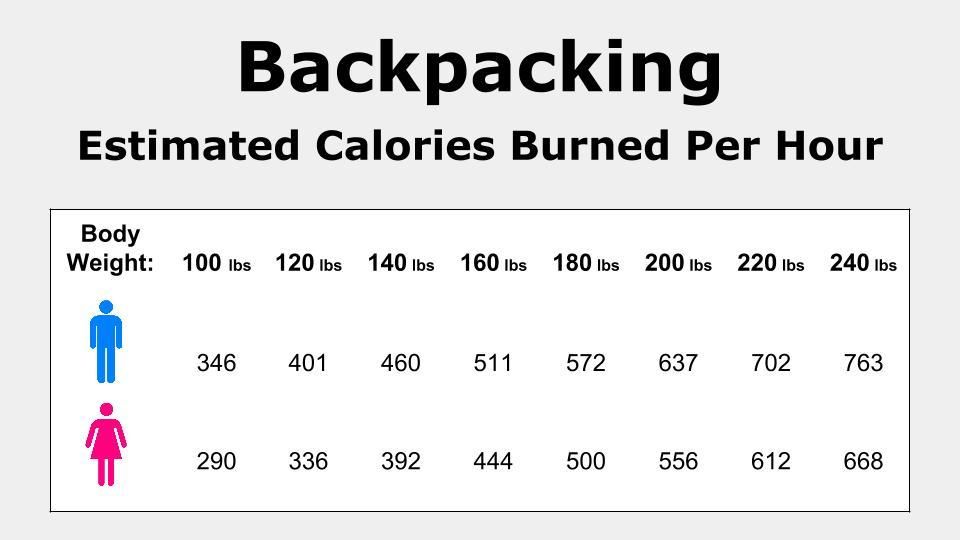
Build Lean Muscle
Based on the above list, it’s obvious that cardio burns more calories than resistance training; however, it would be ill-advised to conduct only cardio exercises. In fact, in addition to making you look more toned and fit, building lean muscle through resistance will actually help you burn more calories.
When you have more lean muscle, you burn a more significant amount of calories at rest. Ten weeks of regular resistance training can increase your metabolism and reduce fat. Overall, your body becomes a more efficient calorie-burning machine as time passes.
As with most things in life, variety is a good thing. To maximize your weight loss results, combine both cardio and resistance training. The Ski-Row Air and Ski-Row Air + PWR machines by EnergyFit are the best way to do that.
These machines provide not only a high-intensity cardiovascular workout but also a full-body resistance workout. You can burn calories and build lean muscle mass all at once!
Putting It All Together
There is no set amount of calories you should burn in a day. Rather, take into account your lifestyle and goals. By figuring out how many calories you need to maintain your weight, you can subtract or add calories to adjust for your fitness goal. Remember, if you want to lose weight, shoot for a calorie deficit. If your goal is to gain weight, you want to be in a calorie surplus.
Rather, take into account your lifestyle and goals. By figuring out how many calories you need to maintain your weight, you can subtract or add calories to adjust for your fitness goal. Remember, if you want to lose weight, shoot for a calorie deficit. If your goal is to gain weight, you want to be in a calorie surplus.
On top of diet, it is also important to consider how you exercise. While cardio burns the most calories, resistance training increases your metabolism, thus allowing you to burn more calories while at rest. With EnergyFit, you can do both at once! Find out how EnergyFit can improve your life.
Sources:
Controversies in Metabolism | UNM
32 fun ways to burn calories | Mayo Clinic
How to safely and effectively create a calorie deficit for weight loss | MedicalNewsToday
What Is a Good Amount of Calories Burned in a Workout? | Livestrong
What to Know About How Many Calories You Burn in a Day
Written by WebMD Editorial Contributors
In this Article
- What Is a Calorie?
- What Is Metabolism?
- How Many Calories Am I Using?
Anyone who wants to lose weight has probably heard the saying, “You need to burn more calories than you eat.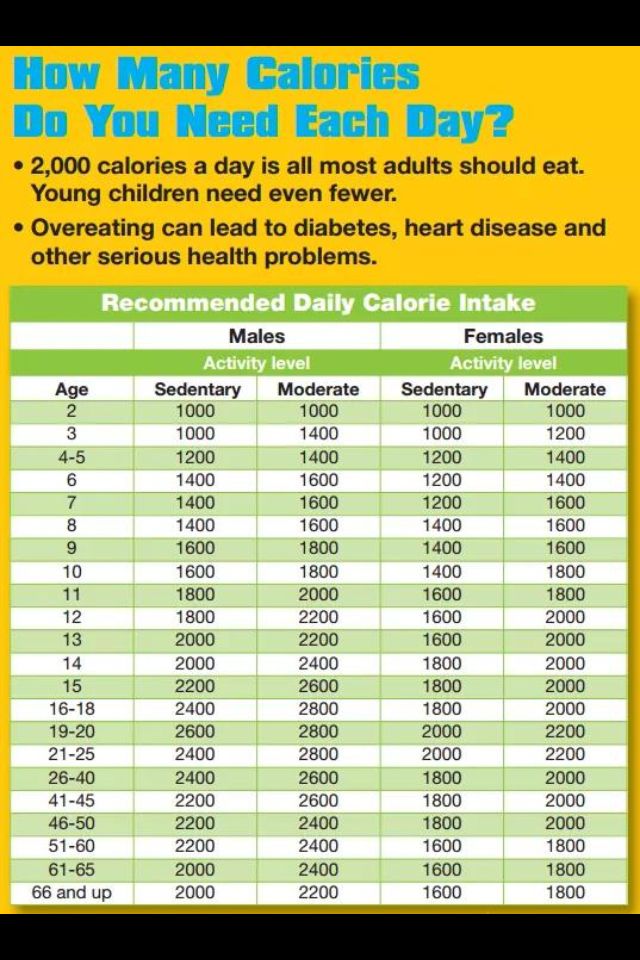 ” Here’s how to get an idea of how many calories you burn in a day.
” Here’s how to get an idea of how many calories you burn in a day.
You can think of calories as fuel for your body. Like a car, your body needs to burn fuel to work. Your body’s calorie needs are like the gas tank in your car. If you let the tank get empty, your car won’t drive. If you don’t give your body enough energy, it can’t work properly.
A big difference, though, is that your car’s gas tank has limited room for fuel. You can’t overfill it. But you can easily put more calories in your body than you need on a given day. When that happens, the excess energy is stored in fat cells so that you can use it later. Doing that too often leads to weight gain.
When your body processes food into energy, it’s called metabolizing. Your metabolism is the system for turning food into energy that you can use to keep your body working. Your body uses energy all the time, even when you’re asleep. You are constantly metabolizing calories. The energy is used to fuel the general functions in your body.
Here are some key things to know about the process:
Basal metabolic rate. This is the number of calories you need to keep all your basic bodily functions going. This includes breathing, your heartbeat, your nervous system, and all the rest of the automatic things your body does every day.
Thermogenesis. This is a technical term for the energy it takes to convert food into usable energy. Eating, digesting, transporting, and storing food inside your body takes up to 10% of the energy from the food you eat.
Physical activity. Moving your body demands more energy. This is in addition to what you’re using to keep all the essential functions going. Every action, no matter how large or small, takes some number of calories. A simple task like unloading a dishwasher uses a small number of calories. Strenuous activities use more calories.
Every person is slightly different. You can make a rough estimate of your non-exercise calorie needs based on your age, weight, and sex.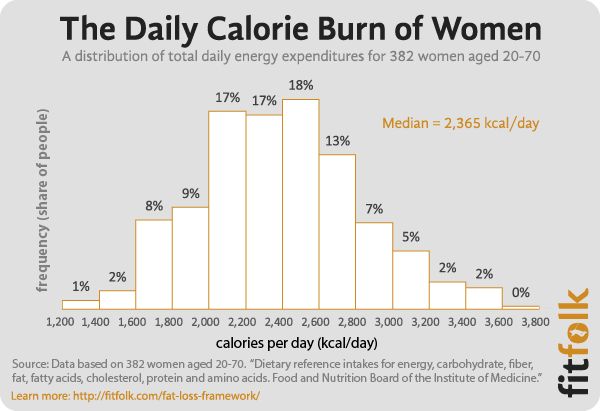
For example, a 50-year-old man who’s 5’10” tall and weighs 165 pounds may burn about 1,650 calories a day. A 50-year-old woman who’s 5′ 6″ and 135 pounds may burn about 1,400 calories per day. Younger people tend to burn more calories than older people.
Exercise burns more. Adding physical activity to your day ups the number of calories your body burns. Different kinds of exercise take different amounts of energy. A 160-pound person doing 1 hour of exercise might use up the following number of calories for these activities:
- Elliptical machine: 365 calories
- Golf (carrying clubs): 314 calories
- Running (5 mph): 606 calories
- Walking (3.5 mph): 314 calories
- Bicycling (under 10mph): 292 calories
- Hiking: 435 calories
The most effective way to burn more calories is by adding physical activity into your routine. Your basal metabolic rate remains reasonably steady, though it does get slower as you age.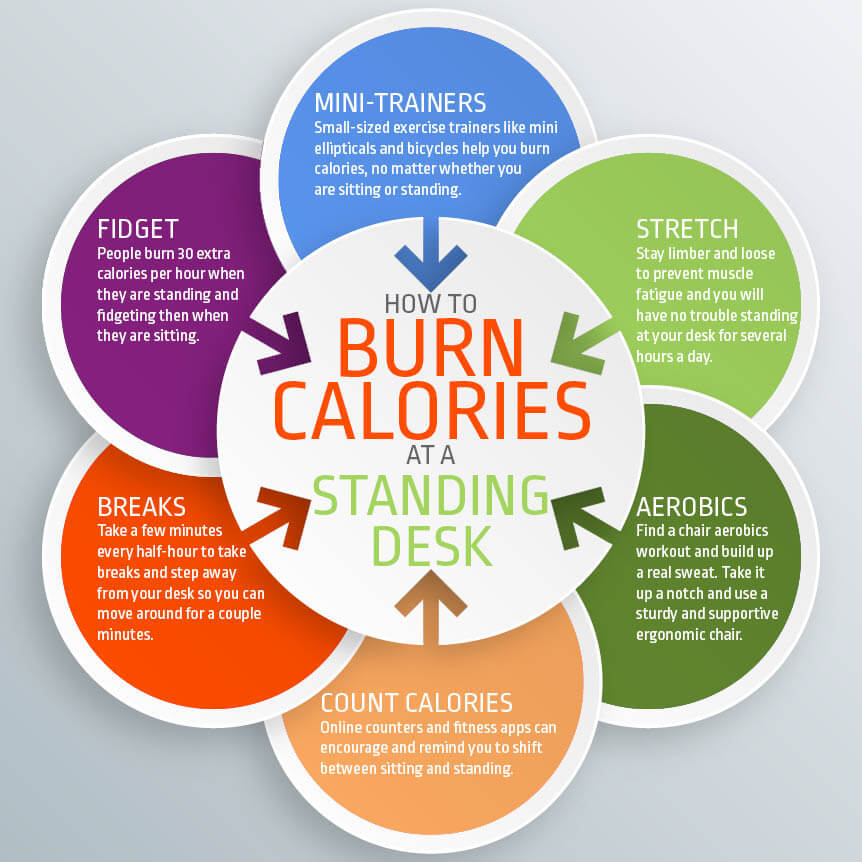 Researchers have found that you can speed it up a little bit by building more muscle. That’s because muscle requires more energy than fat. More muscle tissue means you burn more calories overall.
Researchers have found that you can speed it up a little bit by building more muscle. That’s because muscle requires more energy than fat. More muscle tissue means you burn more calories overall.
Health condition effects. Some health problems lower basal metabolic rate, such as thyroid disorder, polycystic ovarian syndrome, or Cushing Syndrome. These are not very common, though. If you’re concerned that you might have any of these issues, you can ask your doctor to do tests to find out what’s going on with you.
Most experts suggest that 30 minutes a day of activity is good for overall health and for burning extra calories. Talk to your doctor if you have questions about adding exercise into your daily routine — they can help you get started.
Top Picks
How many calories should I burn per day?
One of the important aspects of a healthy lifestyle is maintaining the right balance between intake and expenditure of calories.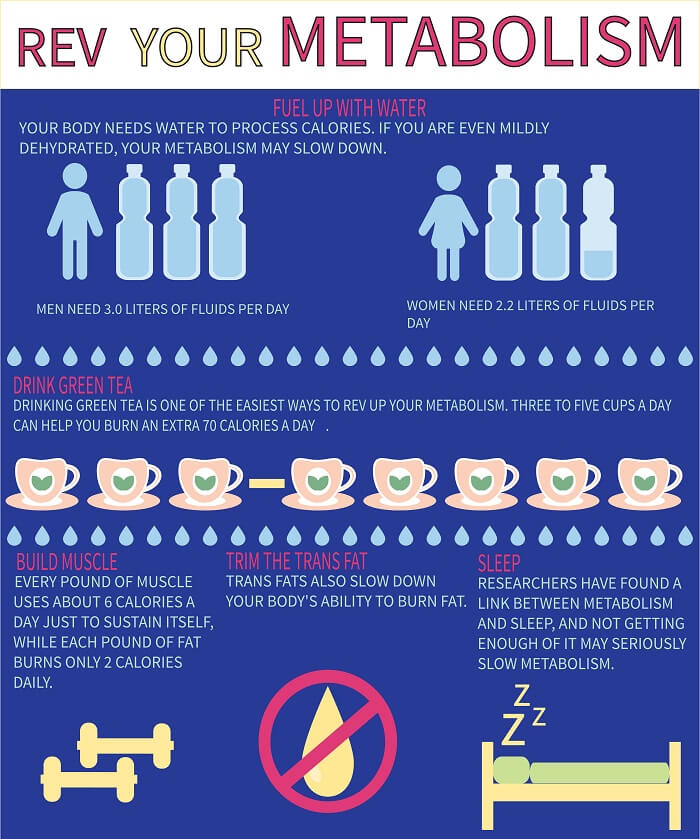 Calories are a unit of measure for the energy contained in food, which is necessary for the body to function. If you want to control your weight or lose weight, knowing how many calories you need to burn per day can be helpful.
Calories are a unit of measure for the energy contained in food, which is necessary for the body to function. If you want to control your weight or lose weight, knowing how many calories you need to burn per day can be helpful.
Determining the exact number of calories you need to burn per day is a difficult task, as it depends on many factors such as age, gender, physical activity level, general health, genetic predisposition, and others. However, there are certain recommendations and approaches that can help to approximate this number.
The main factor influencing the number of calories you need to burn per day is the level of physical activity. The more active the lifestyle, the more calories are needed to maintain energy balance. For example, an athlete or an active, physically working person will have a higher calorie requirement than a seated office worker.
According to dietary guidelines, the average number of calories an adult needs to burn per day is approximately 2000-2500 calories .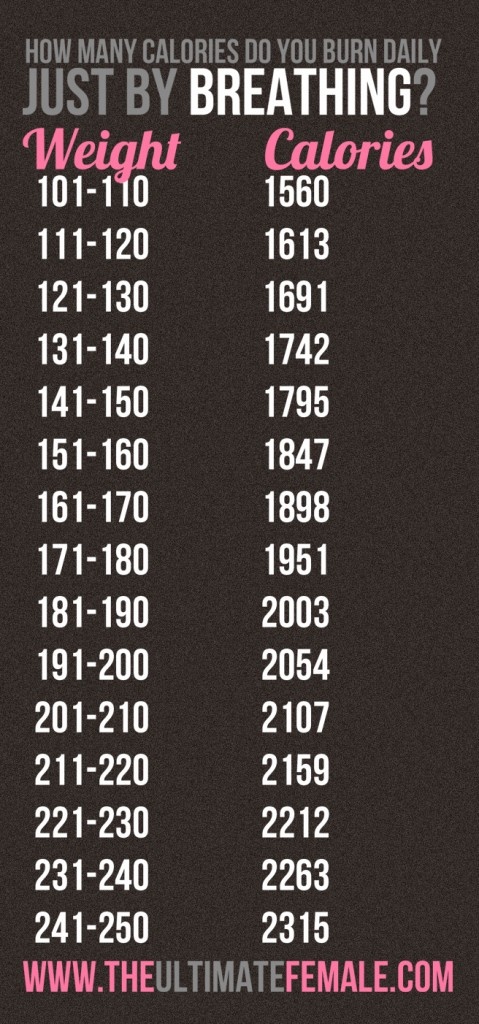 These values may vary depending on the above factors. For example, more active people who are physically active or engaged in physical labor may require more calories to maintain energy balance.
These values may vary depending on the above factors. For example, more active people who are physically active or engaged in physical labor may require more calories to maintain energy balance.
- Men : The average adult male needs to burn about 2500-3000 calories per day. This value may vary depending on the level of physical activity, metabolic activity, body weight, height and other factors.
- Women : The average adult woman needs to burn about 2000-2500 calories per day. As in the case of men, this value may vary depending on the level of physical activity, metabolic activity, body weight, height and other factors.
Calculate your daily calorie intake using a special formula. A calculator to calculate your calorie intake can be found at .
It is important to note that calorie intake must also be balanced and meet the needs of the body. Caloric requirements may vary depending on physical activity, weight goals (weight loss, weight gain), health status (eg, chronic disease), and other factors.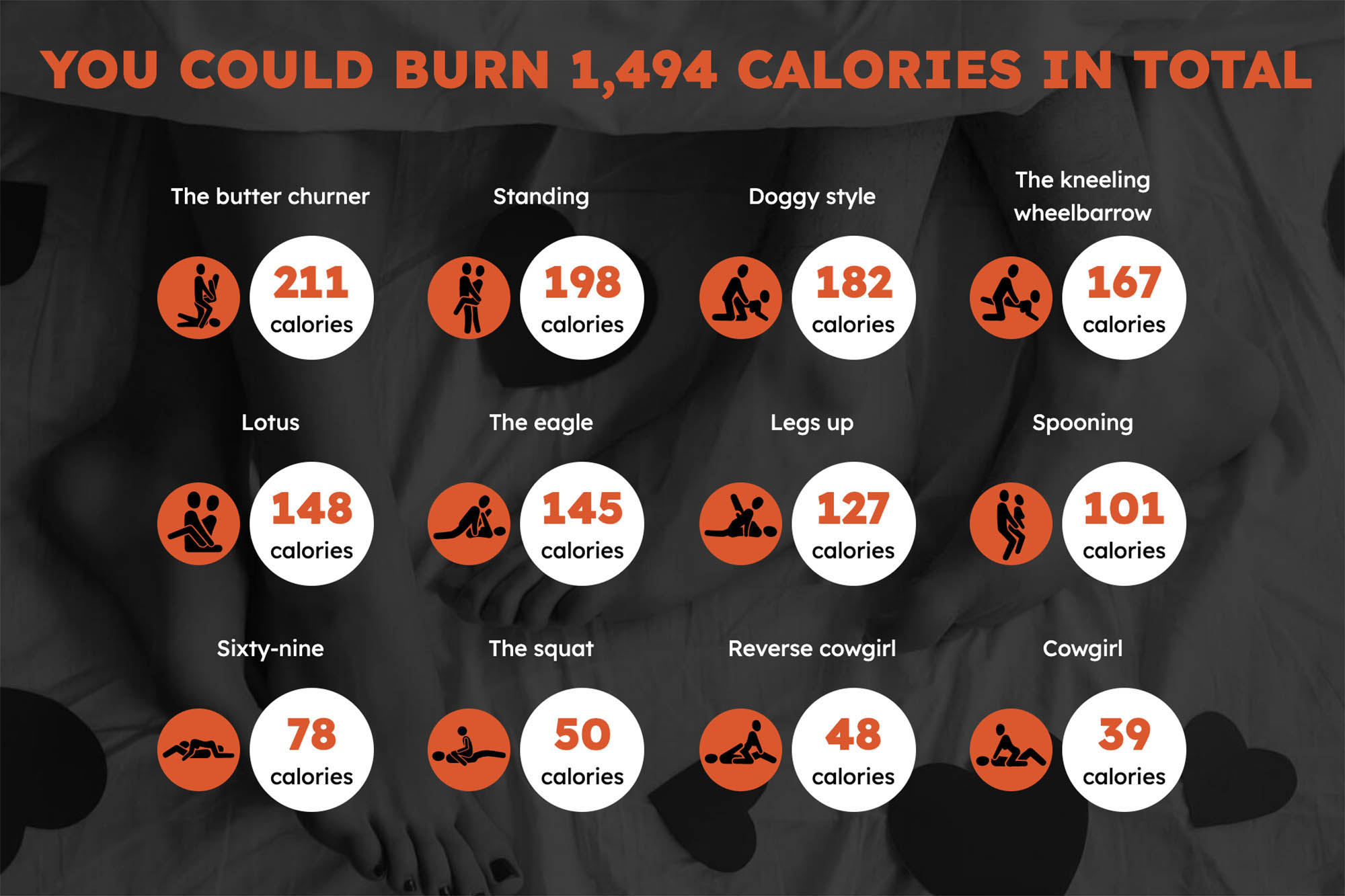 It is best to get individual advice from a doctor or nutritionist to determine the optimal number of calories you need for you.
It is best to get individual advice from a doctor or nutritionist to determine the optimal number of calories you need for you.
The desire to maintain a healthy lifestyle should not only be focused on burning a certain number of calories. This includes proper nutrition, regular physical activity, stress management, adequate sleep and other aspects of a healthy lifestyle. Before changing your diet or physical activity, it is recommended that you consult with your healthcare professional to determine the best course of action based on your individual health condition.
Kaka – about leaving “Kairat”, the national team of Kazakhstan, Igita and the phenomenon of Adiev
No matter what your health goals are, exercise can help you feel stronger, more alert, happier and more—there are countless reasons to move on. If one of your goals is to lose weight, you need to figure out how many calories to burn while exercising in order to lose weight.
An easy way to look at it: you need a calorie deficit; you need to burn more calories than you consume.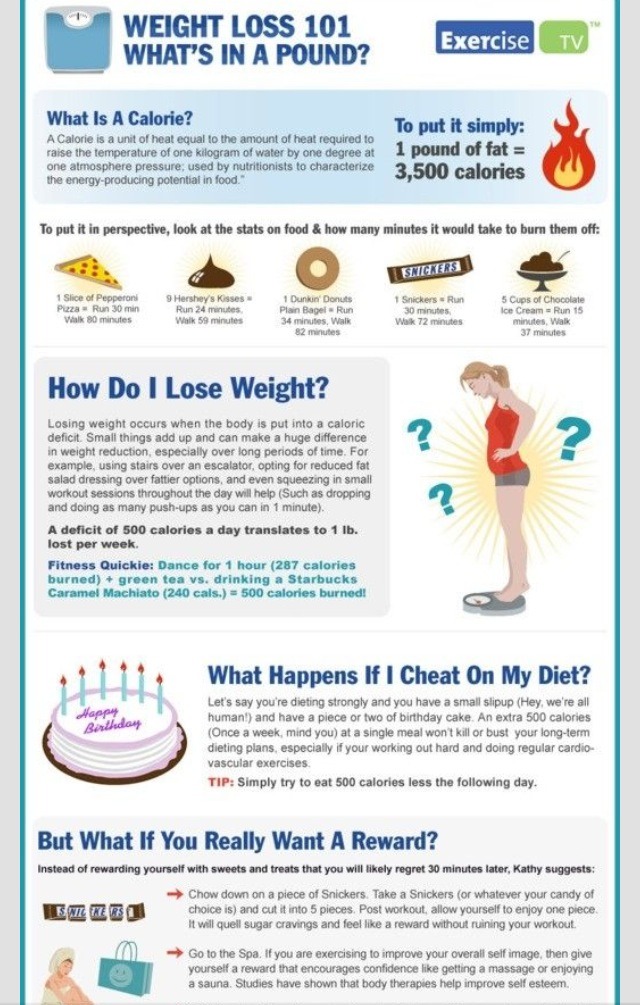 The tricky part is that everyone burns a different amount of calories at rest, which needs to be considered before figuring out how many calories you burn during a workout and then how many calories to eat.
The tricky part is that everyone burns a different amount of calories at rest, which needs to be considered before figuring out how many calories you burn during a workout and then how many calories to eat.
It is important to keep a healthy mindset in this process. Exercising for the sole purpose of “punishing” yourself for eating or burning a ton of calories can be temporarily motivating, but the most enduring motivation to exercise is something positive, like exercising to relieve stress or for fun. Remember that exercise has many more health and well-being benefits than just weight loss or calorie burning.
Still, how many calories do you need to burn to lose weight?
To do this, you need to take into account your basal metabolic rate, which is the number of calories your body burns at rest (use online calculators). Then consider how many calories you consume per day.
Once you have the total number of calories you burn at rest and eat per week (multiply your basal metabolic rate by 7, and your calorie intake by 7), you can adjust your calorie intake and exercise to burn about 2,000 calories per week, which is the goal that trainers set for most clients.
Aiming to lose 450g to 900g every week is a healthy goal. 450g equals 3500 calories. The recommendation is to burn 2,000 calories per week through exercise and then cut back 1,500 calories per week from your diet, for about 214 fewer calories per day.
The general rule is to aim to burn 400 to 500 calories five days a week while exercising. Remember that the number of calories you burn during a workout depends on your weight, gender, age, and many other factors, but this number is a good starting point. For example, a man weighing 91kg will burn more calories doing the same workout as a 59kg woman.
Everyone is different, so it’s important to work with certified professionals to personalize the program for you, monitor it, make suggestions as you go, and make changes if needed.
How to Track Your Calorie Burned Workouts
Most fitness trackers, including Fitbit, Apple Watch and Whoop, tell you the number of calories burned for each workout. This is usually based on your heart rate and other personal information that you entered in your device settings during setup (such as your weight, age, and gender).
